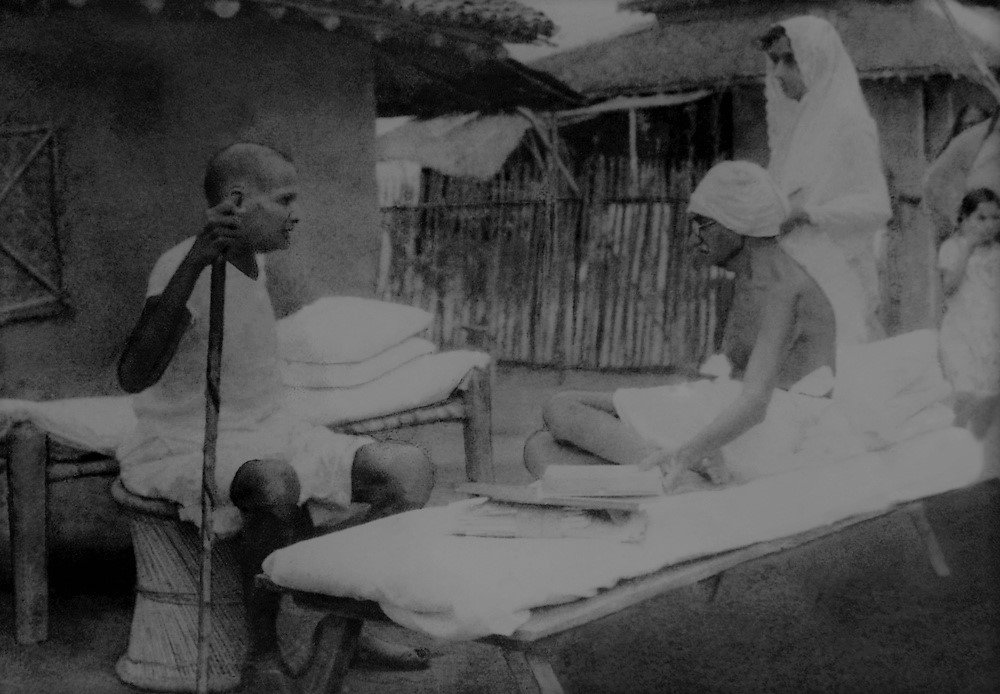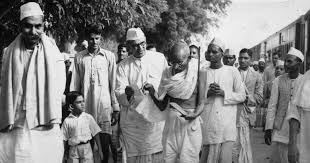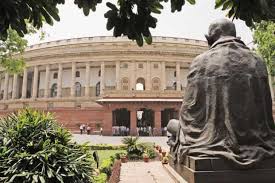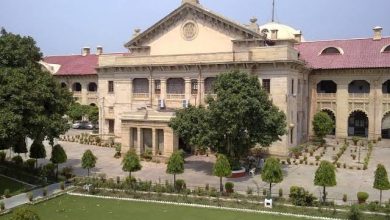Remembering Jamnalal Bajaj – Mahatma Gandhi’s Fifth Son
Gandhi paid a glowing tribute to Jamnalal Bajaj in Harijan in 1942.
Siby K. Joseph
Jamnalal Bajaj was the adopted grandson of Seth Bachhraj, a rich merchant of Wardha. He was born on 4 November 1889 at Kashi-ka-bas, a village in Sikar in Jaipur State of princely India. He was the third son of Kaniram and Birdibai. Seth Bachhraj, a distant relative, adopted Jamnalal and brought him to Wardha. He was just four years old when he was adopted. This adopted son of Seth Bachhraj made Wardha the epicentre of India’s struggle for freedom and place of international importance through his dedicated service to the nation. Though brought up in a rich family, he refused to lead a life of extravagance, pomp, and pleasure. All the wealth and prosperity of the family could not satisfy young Jamnalal and he was in search of a person who could take him in the desired direction. He met many leaders, sadhus, and religious personalities in this process. None of them could impress him. However, he was highly impressed by the life and struggles of Gandhi in South Africa. After Gandhi’s return to India in1915, Jamnalal Bajaj paid visits to Satyagraha Ashram in Ahmedabad and had a number of interactions with Mahatma. It finally resulted in an intimate and lifelong association with Gandhi. Thereafter, he fully dedicated his life to the mission and work of Gandhi. That is why Gandhi paid a glowing tribute to Jamnalal Bajaj in Harijan in 1942.“There was no work of mine in which I did not receive his fullest cooperation in body mind and wealth. Neither he nor I had any attraction for what is called politics. He was drawn into it because I was in it. My real politics was constructive work, and so too was his. I had hoped that after me he would fully carry on those works of mine which would be regarded as of special importance”
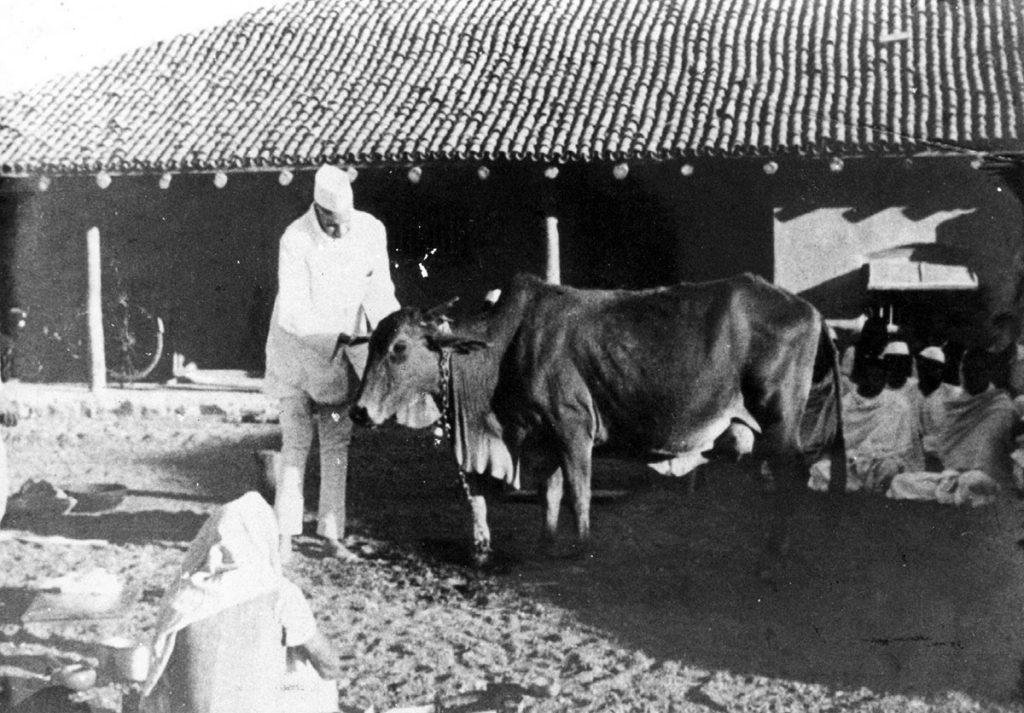
By 1920 Gandhi took over the leadership of the national movement and Jamnalal plunged into it wholeheartedly. He was the Chairman of the Reception Committee of the Nagpur Congress held in 1920 and he was elected as the treasurer of the Congress Party. In the midst of the Non-co-operation Movement, Jamnalal Bajaj was bold enough to renounce the title of Rai Bahadur conferred by the British Government. In 1921, he was successful in bringing Vinoba Bhave to Wardha to start a branch of Satyagraha Ashram. In 1923, in memory of the Jallianwala Bagh Massacre he took the challenge of organizing the Flag Satyagraha in Nagpur despite the government ban. He was sentenced to jail for 18 months and Rs. 3,000/- as fine. As a result, the commander of Flag Satyagraha became a real hero of the freedom struggle and attracted national attention. He was one who formed Gandhi Seva Sangh to carry forward the mission and work of his master who was still in jail. In 1924, Gandhi after his release from jail focused on Constructive activities. Jamnalal was the strong pillar on which Gandhi could always fall back at any time. He was the elected treasurer of the All Spinners Association in 1925 and became its officiating President in 1927. He was a real social revolutionary and he opened the gates of the family temple viz. Laxmi Narayan Mandir in Wardha on July 17 1928 to untouchables despite the strong opposition of orthodox Hindus. He served as the Secretary of AntiUntouchability Subcommittee of the Indian National Congress in 1929. He was the elected leader of the Salt Satyagraha camp at Vile Parle. The Salt Satyagraha put an end to Gandhi’s stay in Satyagraha Ashram in Ahmedabad.
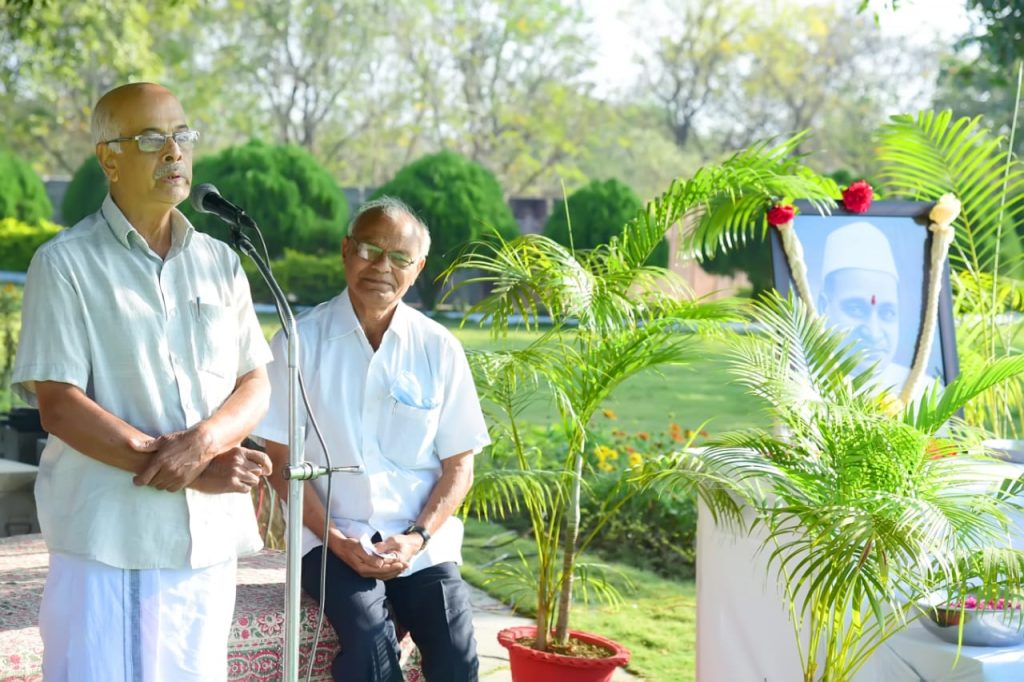
Gandhi made Wardha his headquarters after the closure of Satyagraha Ashram. Jamnalal Bajaj gave one of his bungalows in Wardha to Gandhi in order to house the All-India Village Industries Association (AIVIA) in 1934. It goes to the credit of Jamnalal Bajaj for persuading Gandhi to settle down in Wardha and supporting Gandhi in the establishment of Ashram at Sevagram in 1936. He was instrumental in the organization of the Wardha National Education Conference in October 1937 where Gandhi presented his views on Basic Education which was later implemented at the national level through Congress ministries that were in power. He provided his Lal Bungalow in front of river Dham in Paunar to Vinoba Bhave in 1938 taking note of his health condition where Vinoba’ s Paunar Ashram or Brahma Vidya Mandir is situated. Gandhi was correct when he said every house built by Jamnalal for himself became a Dharamshala. He converted his residence-Bajajwadi- as a guest house for Congress leaders, constructive workers and others who came to Wardha to meet Gandhi. He even provided his vehicle for the use of all personalities who came to Wardha and gladly walked on foot. As a subject of Jaipur, he helped to organize the Praja Mandal Movement of Jaipur State and became its elected President in 1938 and was arrested and imprisoned. In the wake of Individual Satyagraha in 1941, he was sentenced to Jail for his anti-war propaganda. Despite his engagement and activities he felt some sort of restlessness and took the guidance of Mata Anandmayee whom he considered as his spiritual mother. Finally, he withdrew from all other activities and started living in a thatched hut in Gopuri, Wardha, and slept in a charpoy. This phase was a life of renunciation devoting himself to Go Seva despite his poor health. He left his mortal life on 11 February 1942 at Wardha. In front of the Bakul tree at the Samadhi of Jamnalal Bajaj at Gopuri where Gitai Mandir is situated every year a public function is organized to pay tribute to the departed soul.
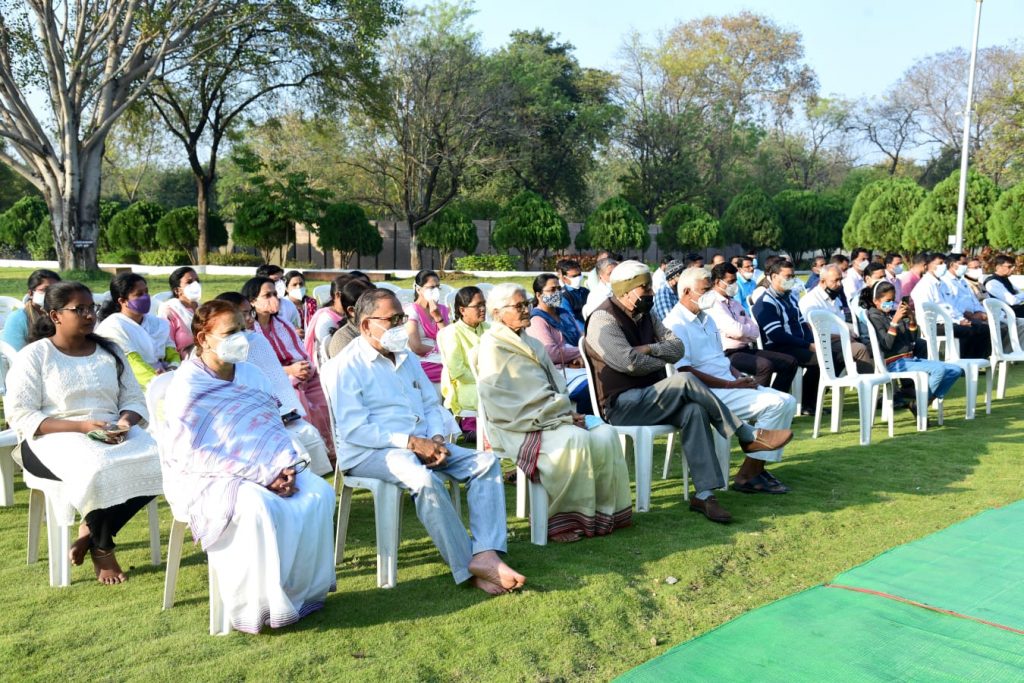
On February 11, 2022, a public function was organized at Gitai Mandir to pay tributes to Jamnalal Bajaj. It consisted of reciting bhajans and floral tributes in front of the photograph of Jamnalal Bajaj at his Samadhi. Shri TRN Prabhu, President Sevagram Ashram Pratisthan, Wardha presided over the function and gave a brief message. In his presidential address, he said that he was introduced to the life of Jamnalaji through a small biography on him during his school days. After reading his biography it was difficult for me to comprehend how a person can ask to consider someone else as his father and fulfill the responsibilities of the son. Mahatma Gandhi accepted the proposal of Jamnalal Bajaj as his fifth son. Jamnalal Bajaj proved through his life that it was not an emotional decision at a particular point in time and became his worthy son. He greatly contributed to the work of Gandhi’s ashram in Ahmedabad silently. For Lord Ram, Hauman was an ardent and devoted supporter. Gandhi’s hanuman was Jamnalal Bajaj who literally translated his mission into practice. He was the person who brought Gandhi and other great personalities to Wardha and made it their home. He played an important role in setting up Gandhi’s ashram at Sevagram and establishing a number of institutions for Gandhian activities. Unfortunately, there is no institution in Wardha carrying his name. On the occasion of 150 th birth anniversary of Kasturba Gandhi and Mahatma, the government also wanted to pay a monumental tribute to Mahatma Gandhi as part of the sesquicentennial celebration of his birth. Sevagram Ashram agreed to it and took the responsibility of developing a Library and Research Centre in the name of Jamnalal Bajaj because he became Mahatma’s fifth son and thereby accepted a share of the responsibility for preserving and transmitting the heritage of Gandhian thought to the succeeding generations. Shri Ashok Mehre of Executive Secretary of Gitai Mandir conducted the programme and expressed his indebtedness to all for assembling at Gitai Mandir to pay respects to Jamnlal Bajaj on this auspicious occasion.
Must Read :
(Dr. Siby K. Joseph is a noted Gandhian Scholar and Director of Sri Jamnalal Bajaj Memorial Library Research Centre, Sevagram Ashram Pratishthan, Sevagram Wardha-442102 (Maharashtra) Email:directorjbmlrc@gmail.com)

